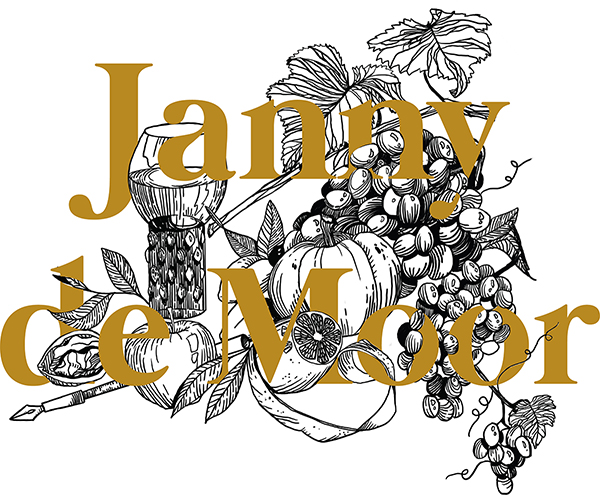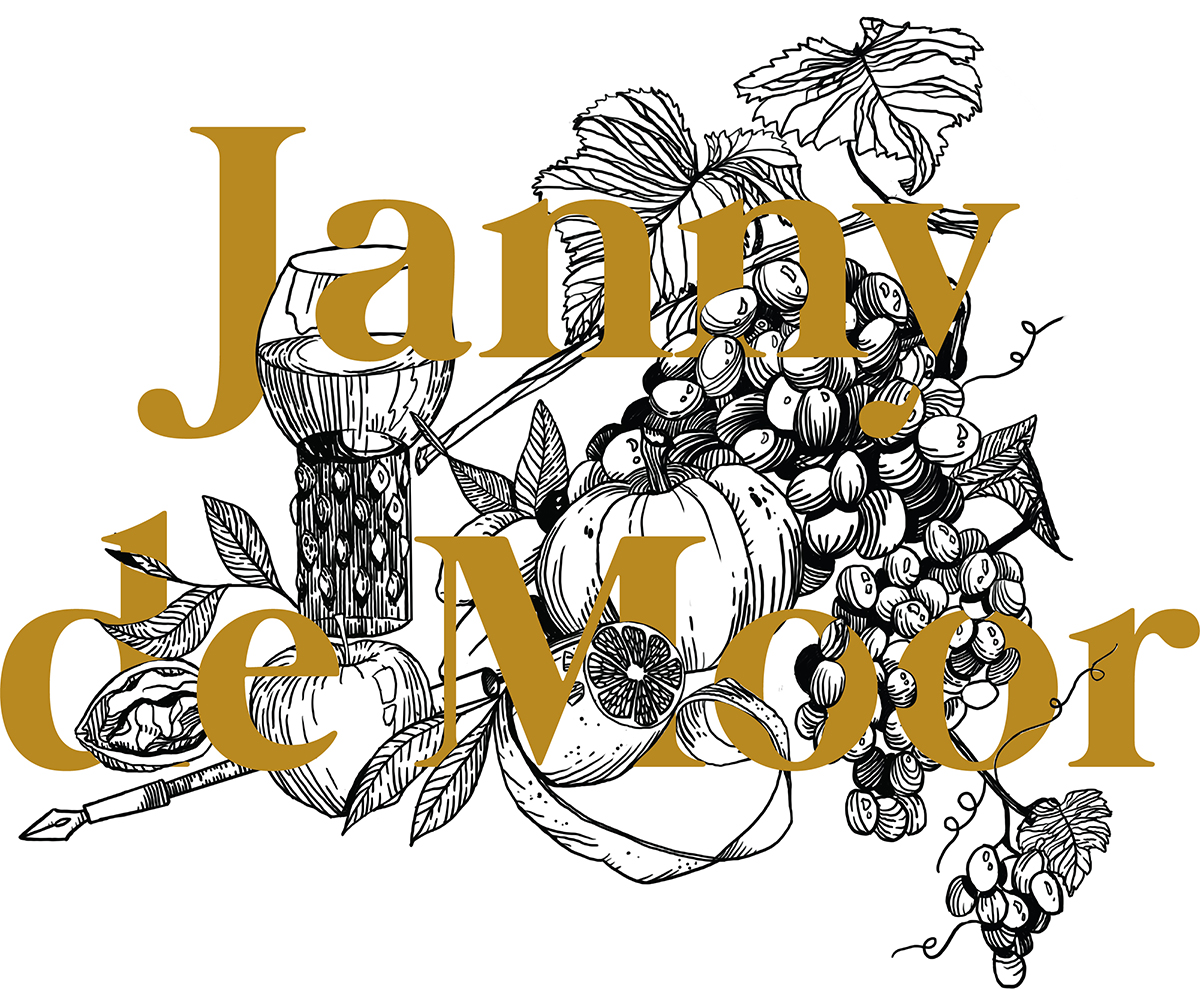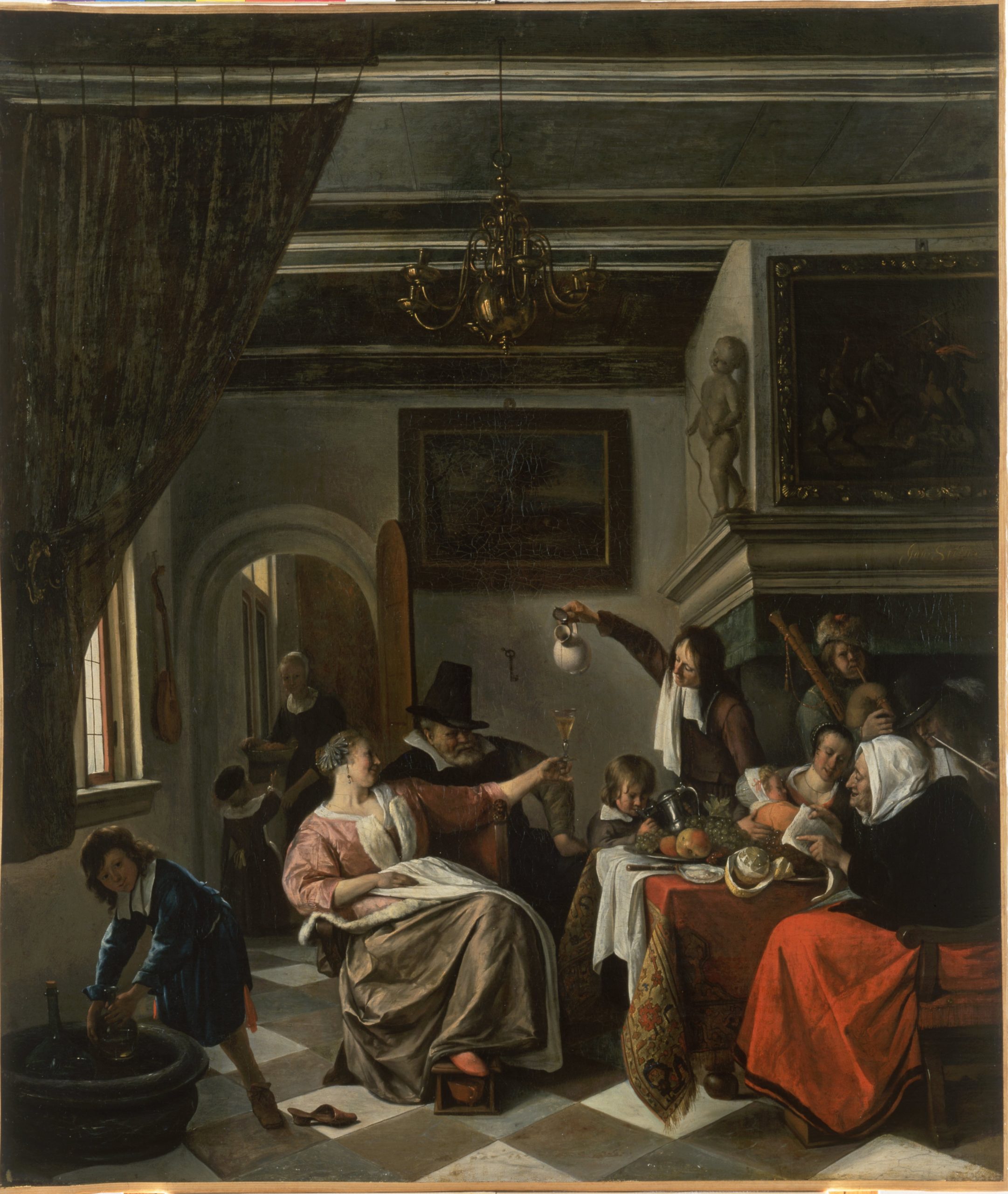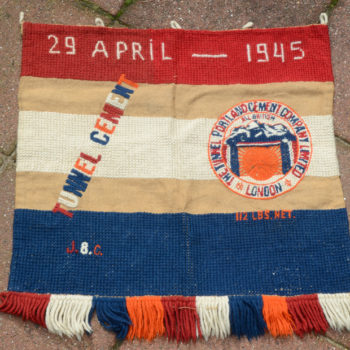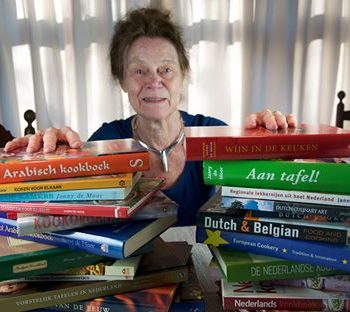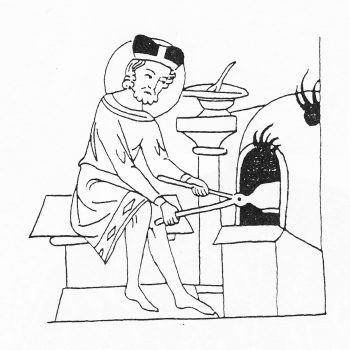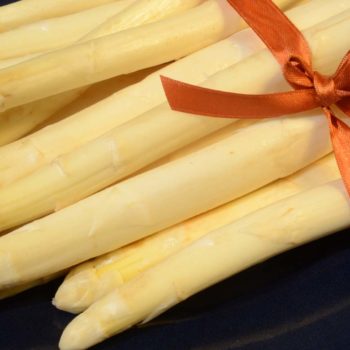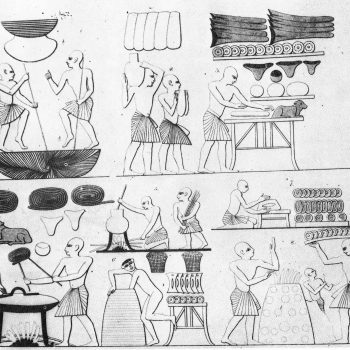The Netherlands are famous for their vegetable growing all over Europe. And they started very early: from 1500 on they were an example for their neighbors during at least three centuries. England – no less! – imported their vegetables from here and Catharina of Aragón, England’s queen, had her salad sent from Holland by special sailing speedboat. A hundred years later a rich landlord in Zeeuws Vlaanderen (in the South-West of this country) who owned a not too bad vegetable garden boasted: ‘All of Europe is too small to come and stay in my garden’. You can see the result on the brilliant paintings of our old masters.
But let me tell you a secret. The fact is that this cold, wet and foggy country (before the climate changed) was not at all suitable for growing vegetables. So we had to help nature a little. By warming everything up. We do a lot of hothouse-growing here. As you can see in this exposition of the Greenery, our biggest organization of vegetable-traders. We even have a district so full of hothouses that it is called the ‘Glass City’. Thousands of square miles of greenhouse. And so we grow what cannot be had easily in the rest of Europe, especially not in winter.
What did the Dutch eat before they discovered the greenhouse in the seventeenth century? Obviously the climate confined them to vegetables which to some extent were able to resist the severe winters. Such as cabbage, beetroots and carrots. This here you will get aquainted with our national dish ‘hutspot’: nowadays a stew of potatoes, carrots, onions, with a piece of thin flank of oxen. Its name is a gift to the English language where ‘hotchpotch’ has got the meaning of ‘mishmash’, ‘medly’. A heartbreaking story is connected with the emergence of this dish:
During the siege by the Spaniards in 1574, the majority of the population of the city of Leiden got so hungry that they even ate rats. They urged the mayor to surrender whereupon he replied : ‘No my friends, rather eat me’. The inhabitants of Leyden were so impressed by this answer that they held out until they were freed by the ‘Watergeuzen’, a kind of Dutch resistance force, on the 3rd of October. As a reward they were treated to herring and whitebread by their liberators. And ever since, until this very age, Leyden eats herring and whitebread on the 3rd of October.. And hutspot. History and cookery – they cannot be separated …
According to oral tradition the fleeing Spaniards left something behind: a cooking pot with a remainder of hutspot in it. The ravenous Leyden people discovered it and ever since have propagated this dish as something too delicious to describe.
At that time all food was cooked in one pot. This dish was called hutspot because it was shaken by the cook to mix all the ingredients, in Dutch: hutsen – ‘to shake’. In reality the dish can have been everything except what you will taste today, because at that time potatoes were still unknown in Holland and even the orange carrots were not yet grown here …
Yet, soon after, in our Golden Age, ‘hutspot’ became the national dish of the Netherlands. Although still not as we know it now. Simon Schama compares it in his book The Embarrasment of Riches (1987) to England’s roastbeef: ‘Roastbeef was the man of action’s heroic dish, commingling muscle and blood, energy and power. The great stews of the Netherlands were more to the taste of ruminative humanism: patiently assembled, eclectic in content, moderately spiced, slowly cooked and even more deliberately eaten’.
An old recipe: Take some mutton or beef; wash it clean and chop it fine. Add thereto some greenstuff or parsnips or some stuffed prunes and the juice of lemons or oranges or citron … Mix these together, set the pot on slow fire.. Add some ginger and melted butter and you shall have a fine ‘hutsepot’.
How come that today ‘hutspot’ is a mere mishmash of potatoes, carrots and onions with some cheap cooked beef? The poverty in the 18th and 19th century may explain this. Wheat had become too expensive because of several bad harvests. So the potato became our staple food. And hutspot was much better than potatoes “with bare feet’, i.e. unadorned potatoes. So hutspot with a few threads of cheap meat in it was considered a luxury. A smart way to disguise that you ate more potatoes than meat.
During carnival the music bands in Brabant, the Southern middle province of the Netherlands, still wear the ‘stamper’ (masher) proudly around their necks as if it were a royal decoration. At every house they are treated to another ‘stamppot’, as is the generic name of a dish with mashed potatoes as its main substance. But meanwhile ‘hutspot’, where ever you come in the Netherlands, has evolved into a mash with carrots and onions. Cooking and tradition, they cannot be separated …
As I have told you, in the old Hutspot recipe there was no mention of carrots, but of parsnips only. Recently it has been claimed that the orange carrot was brought to our regions by the Moors from the Near East. A scholar at the Dutch Agricultural University of Wageningen studied 17th century paintings and concluded that on a work of Gerard Dou the first orange carrots of Europe are to be seen. That was in 1650, and they were, he says, an original product of Dutch hot bed cultivation.
Serves 4:
500g lean boneless beef flank
1 tsp salt
1kg potatoes, sliced
800g carrots, diced
500g onions, finely chopped
- Put the beef in a pan, add the salt and pour in 300ml/1⁄2 pint/11⁄4 cups water. Bringto the boil, then lower the heat, cover and simmer for 2 hours, until tender.
- Remove the beef from the pan. Add the potatoes, carrots and onions to the pan and place the beef on top. Cover and simmer for 30 minutes.
- Pour off the cooking liquid and reserve. Remove the beef and cut into slices. Mash the vegetables and potatoes, adding a little of the cooking liquid. Season with salt to taste and pile on to plates. Top with the meat and serve immediately.
